Worlds Knowledge in Your Pocket.
"Share your knowledge. It is a way to achieve immortality." by Dalai Lama
Worlds Knowledge in Your Pocket.
"Share your knowledge. It is a way to achieve immortality." by Dalai Lama
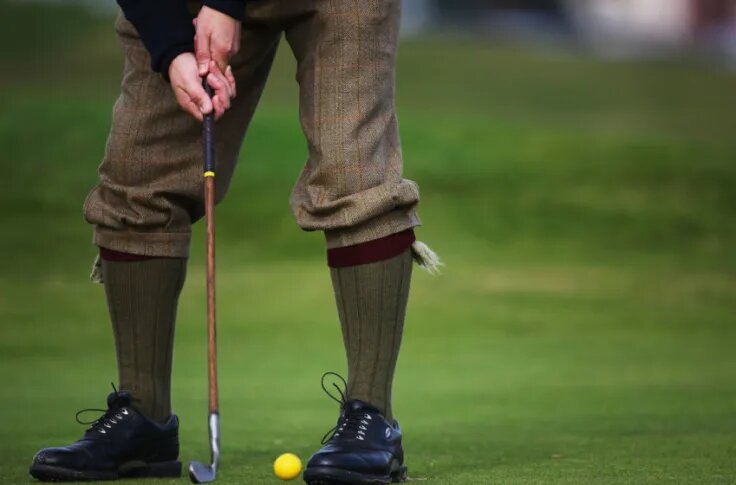
It’s no secret that golfers are always looking for an edge on the green. Whether it’s a new club, a better ball, or a more effective putter, golfers are always searching for ways to improve their game. And while there are many different factors that go into putting well, one of the most important is the putter itself.
In recent years, there have been many advancements in putter technology, and golfers are now able to choose from a wide variety of options. But with so many choices on the market, it can be difficult to know which one is right for you. In this article, we’ll take a look at some of the different types of putters and examine their pros and cons, so that you can make an informed decision about your equipment.
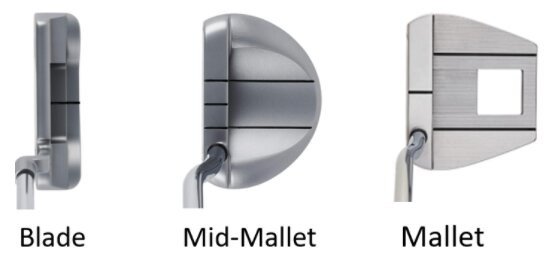
There are many different types of putters available on the market today, each with its own set of benefits and drawbacks. Some of the most popular options include:
Blade Putters: Blade putters are the most traditional type of putter, and they are often used by professional golfers. They have a simple design and a small head, which makes them very accurate. However, they can be difficult to control and are not ideal for beginners.
Mallet Putters: Mallet putters have a larger head than blade putters, which makes them more forgiving. They are also easier to control and can be a good option for beginners. However, they can be less accurate than blade putters, and some golfers may find them too bulky.
Hybrid Putters: Hybrid putters combine the design of a mallet with the accuracy of a blade. They are often popular among more experienced golfers as they allow for both control and forgiveness. However, they can be expensive and require specialized training to use effectively.
Metal Faced Putters: Metal-faced putters are a recent innovation in putter technology. They have a metal face that is designed to improve accuracy and distance control. However, they can be expensive and may require special care to maintain their performance. Moreover, Insert Faced Putters: Insert-faced putters are another recent innovation in putter technology. They have a special insert on the face that is designed to improve feel and minimize skidding. However, they can be expensive, and some golfers may find that they do not provide as much control as other options.
Long Putters: Long putters are another option that has been gaining popularity in recent years. They have a different design than traditional putters, allowing golfers to use them in a more relaxed posture. While they can be effective for some golfers, they may not be ideal for more experienced golfers who are used to playing with standard putters.
Peripheral Weighted Putters: Peripheral weighted putters are another recent innovation in putting technology. They have a heavier head, which is designed to provide more stability and improve accuracy. However, they can be expensive and may require specialized training to use effectively.
As you can see, there are many different types of putters available on the market today, each with its own set of benefits and drawbacks. When choosing a putter, it’s important to consider your own individual needs and preferences. What works for one golfer may not work for another, so it’s important to find the right putter for your game.
Also Read More: Is technology a good career path?
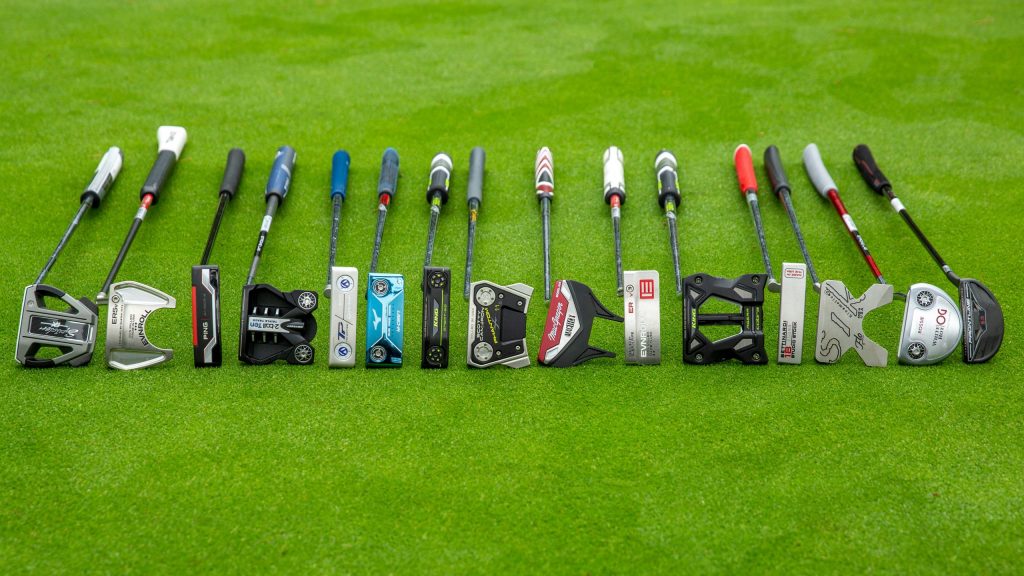
There are many factors to consider when choosing a putter, including:
Size: The size of the putter head is one of the most important factors to consider. Blade putters have smaller heads, while mallet putters have larger heads. Choose the size that feels most comfortable for you and that you feel confident using.
Weight: The weight of the putter is also important. Some golfers may prefer a heavier putter, which helps them to control the ball more accurately. Other golfers may prefer a lighter putter that allows for a smoother swing and more speed on the ball.
Materials: The materials used to make the putter can also affect its performance. For example, some putters have metal faces that are designed to improve accuracy. Others have special inserts on the face that are designed to improve the feel. Choose the material that you think will work best for your game.
Design: The design of the putter is also important. Some golfers prefer blade putters, while others prefer mallet putters. Choose the design that you think will work best for your game.
Price: Putters can range in price from a few hundred dollars to several thousand dollars. Choose the putter that you can afford and that you think will work best for your game.
No matter what type of putter you choose, it’s important to make sure that it’s the right fit for your individual needs and preferences. Do your research, consult with experts, and try out different options to find the putter that is right for you. With the right putter, you’ll be on your way to improving your game and shooting lower scores.
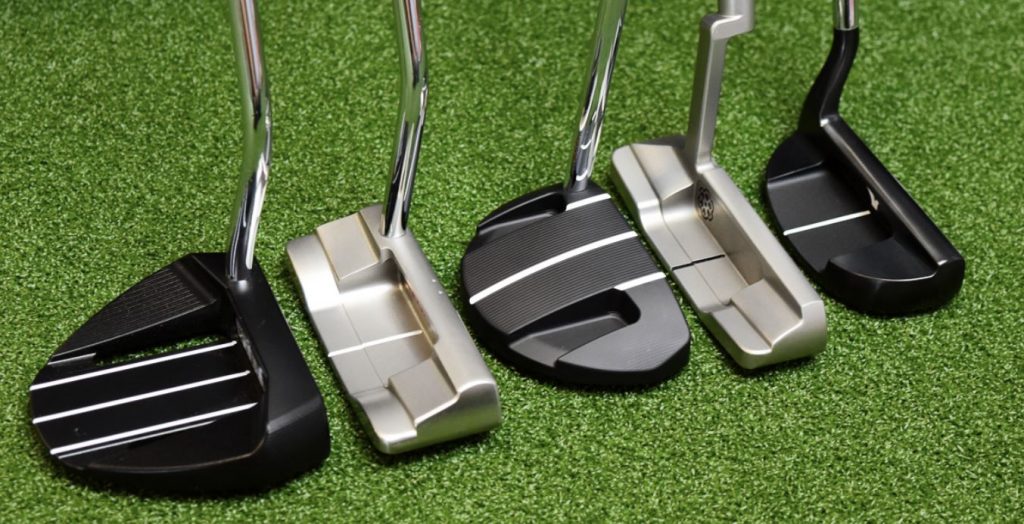
Here are the main benefits and drawbacks of each type of putter:
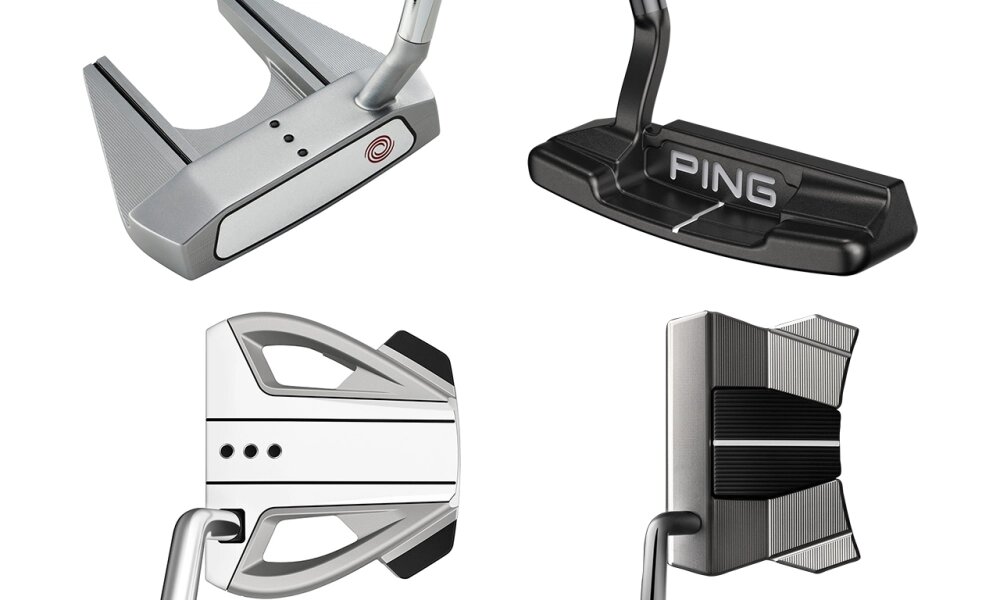
You have plenty of options when it comes to putter technology. Do your research and consult with experts to find the products that will help you take your game to the next level.
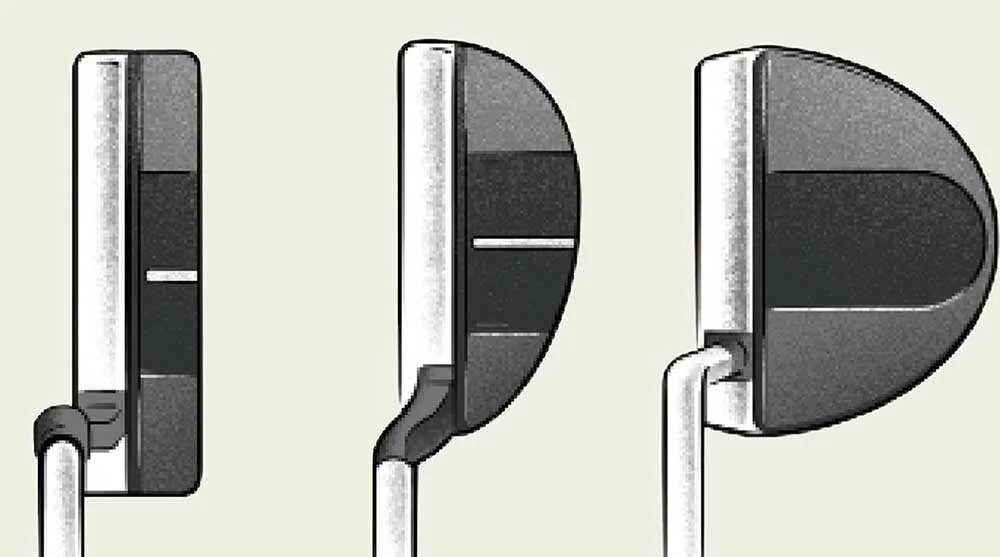
There is no one-size-fits-all answer to this question. The type of putter that is right for you will depend on your individual needs and preferences. With so many different types of putters on the market. It’s important to do your research and consult with experts to find the best option for you. Whether you’re looking for a blade putter, a mallet putter, or another type of club. There are plenty of great putters to choose from. So, take your time and find the one that is right for you!
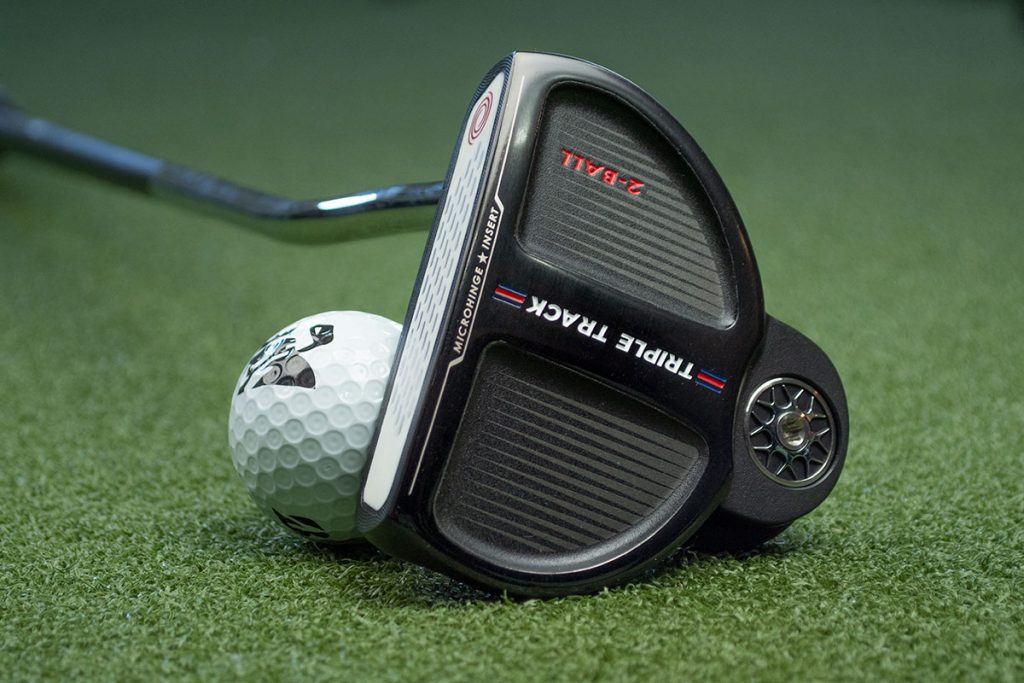
There are a few things that you can do to make sure that you’re using your putter effectively, regardless of its type:
By following these tips, you can be sure that you’re using your putter in the best way possible to improve your game. So, get out there and start practicing!
Putters are an important part of any golfer’s equipment arsenal. And the type of putter that you use can make a big difference in your game. There are many different technologies available in putters today. So it’s important to do your research and find the one that is best suited to your needs. Practice with different types of putters, and pay attention to the feedback that you receive. With patience and persistence, you can become a more confident and effective putter in no time!